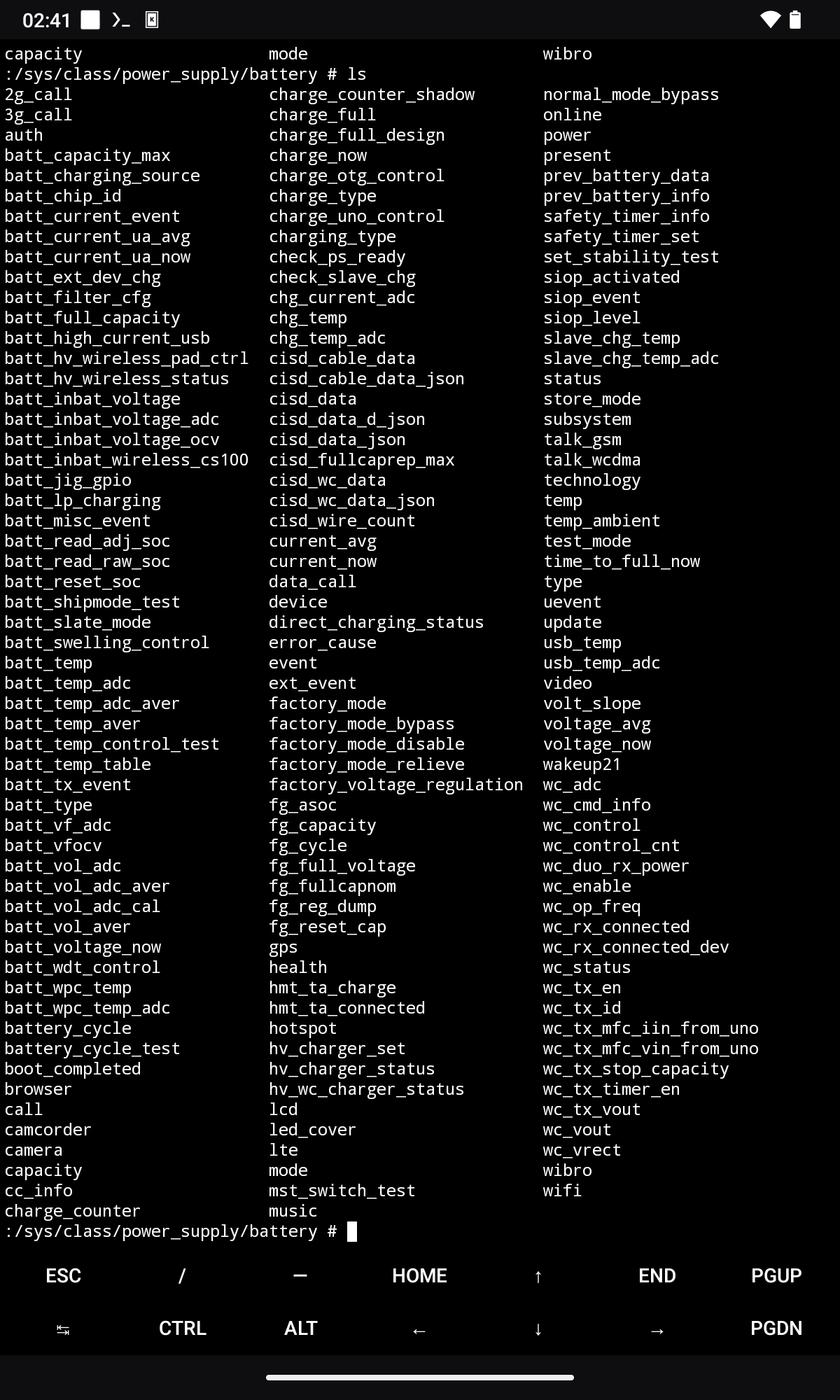view the rest of the comments
Android
DROID DOES
Welcome to the droidymcdroidface-iest, Lemmyest (Lemmiest), test, bestest, phoniest, pluckiest, snarkiest, and spiciest Android community on Lemmy (Do not respond)! Here you can participate in amazing discussions and events relating to all things Android.
The rules for posting and commenting, besides the rules defined here for lemmy.world, are as follows:
Rules
1. All posts must be relevant to Android devices/operating system.
2. Posts cannot be illegal or NSFW material.
3. No spam, self promotion, or upvote farming. Sources engaging in these behavior will be added to the Blacklist.
4. Non-whitelisted bots will be banned.
5. Engage respectfully: Harassment, flamebaiting, bad faith engagement, or agenda posting will result in your posts being removed. Excessive violations will result in temporary or permanent ban, depending on severity.
6. Memes are not allowed to be posts, but are allowed in the comments.
7. Posts from clickbait sources are heavily discouraged. Please de-clickbait titles if it needs to be submitted.
8. Submission statements of any length composed of your own thoughts inside the post text field are mandatory for any microblog posts, and are optional but recommended for article/image/video posts.
Community Resources:
We are Android girls*,
In our Lemmy.world.
The back is plastic,
It's fantastic.
*Well, not just girls: people of all gender identities are welcomed here.
Our Partner Communities:


The best info you can get on "battery capacity" is what the battery controller exposes and even that's just an educated guess on its side. It's no different on macOS but at least there you have a somewhat standardised interface for this kind of information; allowing apps to access it in a generic way.
If your controller firmware doesn't expose the info to the kernel, you won't be getting it, sorry.
I doubt this is a hardware issue though. Even a battery at 80% capacity won't lose it all overnight when the device is actually in deep sleep.
With this many services each doing their own power management, I would not be surprised if it never got there. Do a bug report and analyse it using battery historian to get an idea of where the power draw comes from.
An easier test would be to simply shut all of those services down for a given time frame, measure power draw (%/h) and compare to when all of them are running. Safe mode might come in handy here as you can be sure there's no user app running in that state. If it's many % per hour in that state, there's either an issue with the OS or indeed the HW.